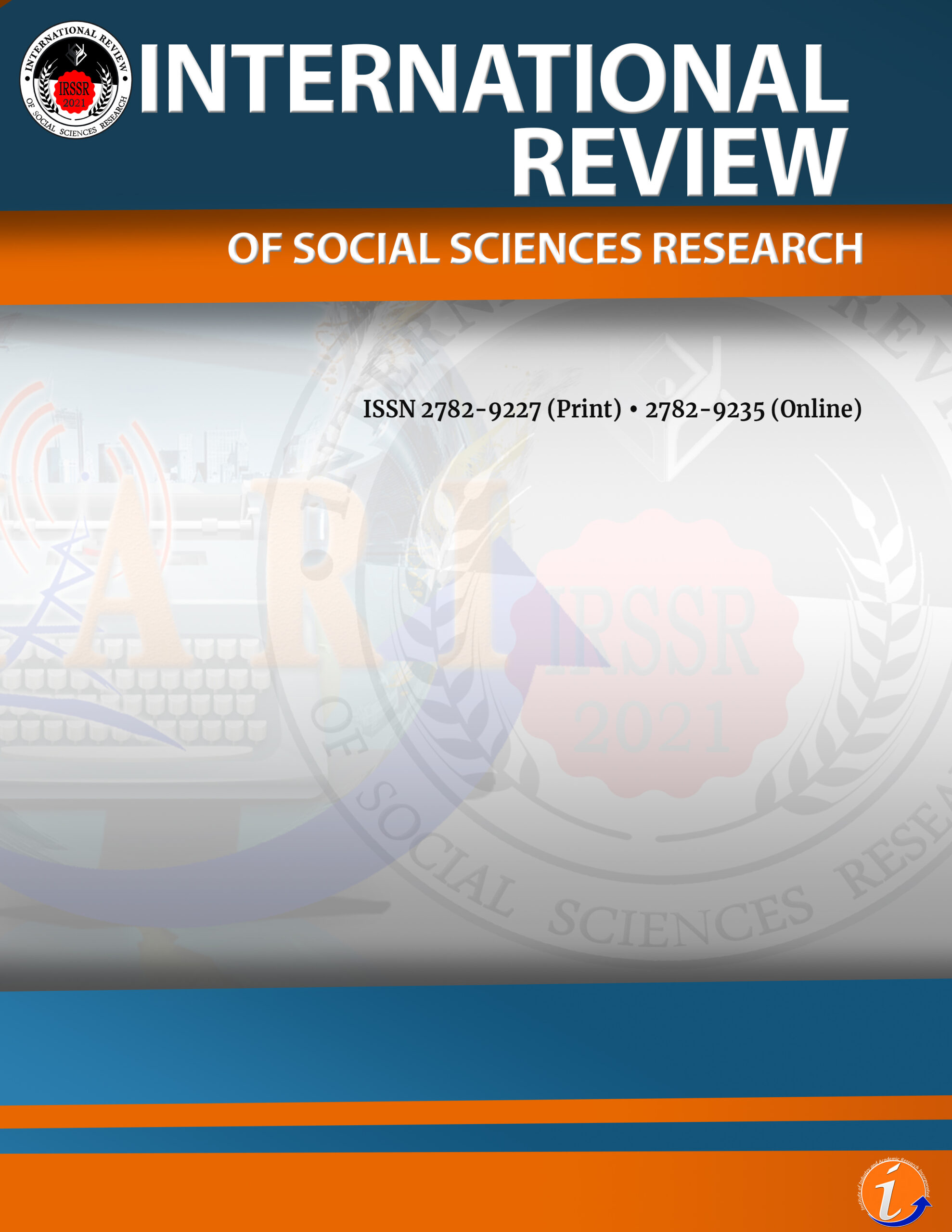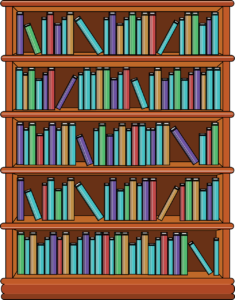This descriptive study identified the profile, common swardspeak and frequency of its use, and the situations of usage among the Bachelor of Secondary Education students in a higher education institution in the Philippines during the academic year 2020-2021. Thirty (30) randomly selected respondents supplied the data through a survey questionnaire, which was analyzed using frequency count and percentage. Results showed that most of the students who use swardspeak are female within the age range of 19-22 years old. The most common swardspeak used are afam, akeno/aketch/akis, awra, baboosh, beks/vaklangtow, bonak/junakis, bongga, borlog, chaka/shonget, char/charot/chos, cheka/chika, chosera/chusera, churva, daks, dites/ditey, eclavu, eme/keme, ganern, gora/gorabels, gurl, Hagardo Versoza, hanash, imas, juntis/juntils, juts, kabog, kalerki/nakakalurky, keribels/keriboomboom/keri lang, kiber, knowangji, krayola, lafang, Lotlot/Lotlot De Leon, mamsh/momshee/mudra/mudrakels, murayta, pagoda, pakak, payola, pudra, shala, sinetch/sinetchitey, sizt, shokot, shonga/shunga, shupatid, spyokang, Tom Jones, waley/wis/wit/wiz, warla, and Winwin Marquez. Most of these swardspeak words are sometimes used in public places with friends, and in instances or situations where they have to go with or join a group. These cross-sectional findings can affect further studies as this swardspeak can be enhanced as this generation goes out and come up with sets of new words.
swardspeak, frequency, education students, communication, locations, instances
John Allen F. Gregorio. Bachelor of Secondary Education, Major in English student. College of Teacher Education, Aklan State University.
Sairah Mae R. Briol. Bachelor of Secondary Education, Major in English student. College of Teacher Education, Aklan State University.
Reena Marie B. Miraflores. Bachelor of Secondary Education, Major in English student. College of Teacher Education, Aklan State University.
Ersyl T. Biray. Corresponding author. Professor/Advisor, College of Teacher Education, Aklan State University, Banga, Aklan. Corresponding email: lysre@yahoo.com
This paper is presented in the 3rd International Conference on Multidisciplinary Industry and Academic Research.
Amante, I. (2021). Semiotic analysis on gay lingo expression. Asian Journal of Advanced Multidisciplinary Researches, 1 (1).
Baker, P. (2010). Polari, a vibrant language born out of prejudice. The Guardian. https://www.google.com/amp/s/amp.theguardian.com/commentisfree/2010/may/24/polari-language-origins
Bickman, L. & Rog, D. (1998). Handbook of applied social research methods. Sage Publications, Inc.
Bordieu, P. (1991). Philippine “gay” lingo. In Sociolinguistic Artifacts. https://www.reed.edu/slx-artifacts/artifacts/web/philippine–gay-lingo.php
Cabelita, S. & Gacrama, G. (2020). Davao gay community sociolect: A neologism. International Journal of English Language and Linguistics Research, 8 (2), 1-37.
Cantina, J.M. (2020). Gay argot: Beyond the coded words and meanings of Lavender lexicon. International Review of Humanities and Scientific Research, 248-262.
Catacutan, S. (2015). Swardspeak: A queer perspective. https://www.researchgate.net/publication/338677861Swardspeak_A_Queer_Perspective
Cortez, H. (2017). Gay language: Impact on colloquial communication in Barangay Sto. Tomas, City of Binan, Laguna. Centre of Excellence for Scientific & Research Journalism, (6) 2.
Cortogo, L.M.C., Caraballe, M.R.S., & Pedrosa, E.M. (2021). Hiligaynon-Visayan gay’s spoken discourse: A morphological analysis. Globus Journal of Progressive Education, 11 (2), 73-81.
Demeterio, F.A.III., Gidalanga, C., & Belacho, C.D. (2021, April). A comparative study on the formation of gay language words and utility vehicle express codes. LLT Journal: A Journal on Language and Language Teaching, 24 (1), 51-69
Friess, C. (2014). Lavender languages: Linguistics and culture for the LGBTQ Community. American University. https://www.american.edu/cas/news/lavender-languages-linguistics-conference-2014.cfm
Illinois Library (2022). Queer theory: Background. https://guides.library.illinois.edu/queertheory
Kastrati, D. (2017). Sociolects, language variations in sociolinguistics. Grin Verlag. https://www.grin.com/document/585246
LaMorte, W.W. (2019). Social cognitive theory. Behavioral Change Models. https://sphweb/bumc.bu.edu/otlt/mph-modules/sb/behavioralchangetheories/behavioral change theories5.html
Lunzaga, A., Bendulo, H., & Bieh, N. (2011). Morphological analysis of gay’s spoken discourse. JPAIR Multidisciplinary Research Journal, (6) 1.
Luyt, K. (2014). Gay language in Cape Town: A study of Gayle – attitudes, history and usage. Open UCT. https://open.uct.ac.za/handle/11427/6792
Nadal, K. & Corpus, M. (2013). “Tomboys and “baklas”: Experiences of lesbian and gay Filipino Americans. Asian American Journal of Psychology.
Nuncio, R.V., Pamittan, G.B. Jr., Corpuz, D.R., & Ortinez, E.V. (2021). Jokla and Jugels: A comparative analysis of the construction of popular and Hiligaynon gay words. Humanities Diliman, 18:2, 37-64.
Oficiar J. (2019). Language of homosexuality: A morpho-semantic analysis. International Journal of English Language and Linguistics Research, (7) 5, 1-18.
Papua, A.J., Estigoy, M.A., & Vargas, D. (2021) Usage of gay lingo among millennials as a way of communicating. SSRN. http://dx.doi.org/10.2139/ssrn.3794691
Parker, K. & Igielnik, R. (2020). On the cusp of adulthood and facing an uncertain future: What we know about Gen Z so far. Pew Research Center, USA. https://www.pewresearch.org/social-trends/2020/05/14/on-the-cusp-of-adulthood-and-facing-an-uncertain-future-what-we-know-about-gen-z-so-far-2/
Pascual, G. (2016). Sward speak (gay lingo) in the Philippine context: A morphological analysis. International Journal of Advanced Research in Management and Social Sciences, (5) 12.
Racoma, B. (2013). Swardspeak: The colorful language of the Filipino gay community. Day Translations. https://www.daytranslations.com/blog/filipino-gay-community/amp/
Romero, RM. (2019, April). Gay lingo as a reflection of social identity. ELLiC 2019 (Proceedings of the 3rd English Language and Literatue International Conference, Central Java, Indonesia) https://eudl.eu/doi/10.4108/eai.27-4-2019.2285374
Rosales, H., & Careterro, M. (2019). Stylistic variation: Understanding gay lingo in social perspectives. The Normal Lights, 13(2).
Rubales, J. (2020). Linguistic deviations of swardspeak and its implication to gay students’ English language competencies. SSRN. https://papers.ssrn.com/sol3/papers.cfm? abstract_id=3860558
Sangga, C. (2015). The impact of swardspeak on Filipino sociolinguistics. https://www.academia.edu/18018380/The_Impact_of_Swardspeak_Language_to_Filipino_Sociolinguistic
Shadel, J. (2016). A secret gay language has gone mainstream in the Philippines. USA: Vice Media Group. https://www.vice.com/en/article/y3p89m/she-left-home-to-work-5000-miles-away-but-was-killed-and-abandoned-in-a-desert
Silvano, M.M.P. (2018). Morphosyntactic analysis of the Tandaganon gay language. International Journal of Research Advances in Multidiscipilnary Research, 5 (8), 4042-4050
Suguitan, C.G.B. (2005). A semantic look at feminine sex and gender terms in Philippine gay lingo. oai:openresearch-repository.anu.edu.au:1885/8681
Susandi, K., Rusanti, P., & Sutrisna, P. (2018). Gay language in Bali (Sociolinguistic study on homosexual and bisexual men in Bali). Advances in Social Science, Education and Humanities Research. https://doi.org/10.2991/prasasti-18.2018.38
Warren, K. (2022, August). What is Generation Z (Gen Z)? https://www.investopedia.com/generation-z-gen-z-definition-5218554
Cite this article:
Gregorio, J.F., Briol, S.R., Miraflores, R.B. & Biray, E.T. (2023). Swardspeak as a communication medium among university students: Empirical evidence from the Philippines. International Review of Social Sciences Research, 3 (1), 110-124. https://doi.org/10.53378/352970
License:
![]()
This work is licensed under a Creative Commons Attribution (CC BY 4.0) International License.










